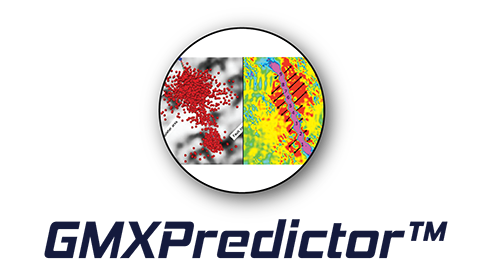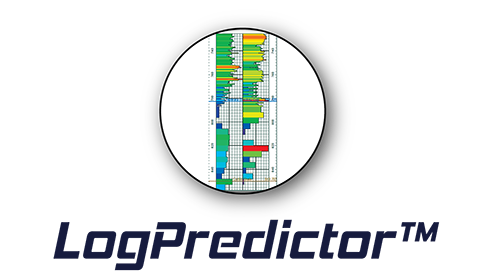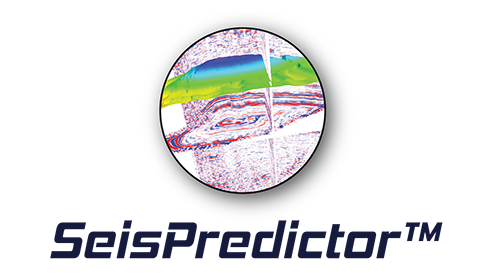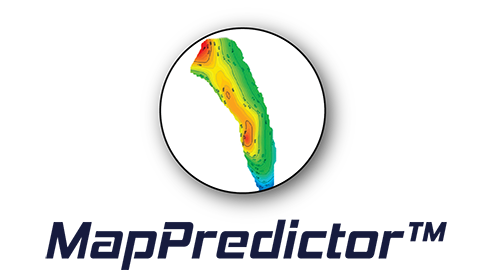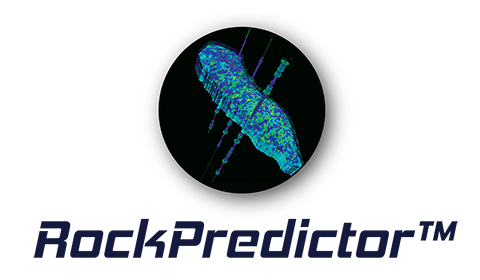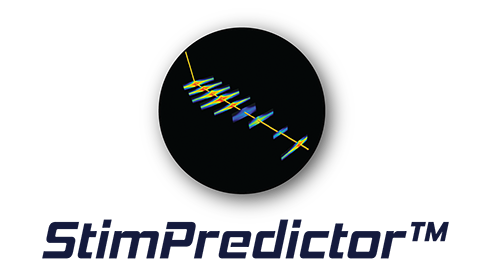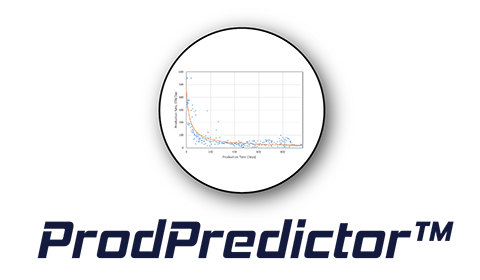Features:
FracGeo advanced geomechanical technology is based on the Material Point Method (MPM) and is able to simulate 1) the initial heterogeneous reservoir stress magnitude and orientation resulting from the interaction between regional stress and natural fractures, and 2) the interaction between hydraulic fractures and natural fractures during stimulation. This unique technology opens new doors to derive a better understanding of the frac stage performance. This provides the ability to create completion optimization workflows. Unlike other geomechanical tools, GMXPredictor’s simulated strain predicts the main features of the microseismicity--confirming the validity of the input data (continuous natural fracture models) and the continuum mechanics approach used to simulate the interaction between the hydraulic and natural fractures responsible for the shearing observed in the microseismicity
- Provides the horizontal differential stress that could be used to identify areas where the fracing treatment needs to be changed or stages to be refraced
- Provides local stress rotations and the direction of propagation of a hydraulic fracture at each stage
- Simulates the hydraulic fracturing process and provides the strain which is a good proxy for the stimulated reservoir volume, or microseismicity. The strain is used to estimate the geomechanical half lengths which are used as constraints in frac design
- Able to account for stress shadowing between the stages but also between wells during zipper fracs
- Accounts for pressure depletion using poroelaticity to model frac hits

Gallery:





